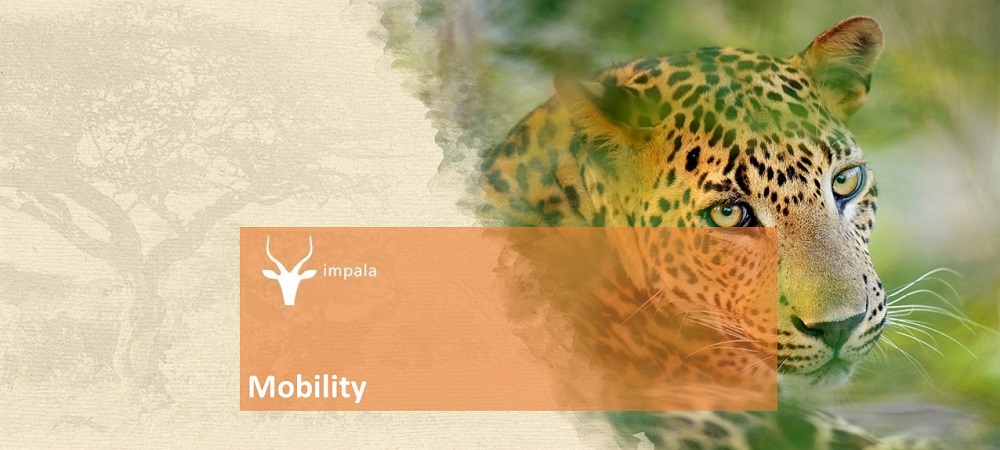The mobility of students, both incoming and outgoing, tends to be a core element of higher education institutions’ international engagement. According to a survey conducted by NAFSA’s International Education Leadership Knowledge Community, international student enrolment and education abroad programmes were central issues for higher education institutions in 2017 and 2018 (cf. Hot Trends for Senior International Officers, NAFSA 2017, and Hot Trends for International Education Leaders, NAFSA 2018). Hudzik (2011, 8) reports that for institutions which are only beginning to internationalize, “the starting point and program focus is associated mainly with student mobility (study abroad and international students on campus)”.
Student mobility in the context of South Africa and IMPALA
In the discourse on mobility within higher education, the term ‘international student’ is, naturally, used very frequently. But it is important to be aware that the term covers various types or modes of mobility. For example, international students can be credit-seeking or degree-seeking. While the first group are students going abroad on short-term mobility placements as part of their study programmes at the home university, with the credits they earn abroad being transferred back to and recognized as part of their home degree programmes, the latter group are students who complete an entire study programme abroad (cf. for example, de Wit et al. 2015, 45). In the context of the IMPALA project, the focus was on the mobility of credit-seeking students.
While many South African universities do not have comprehensive internationalization strategies, most universities do include internationalization activities in their general strategic planning (cf. Jooste, in de Wit et al. 2015, 260). A study of ten South African universities which have more advanced internationalization strategies shows that (a) outgoing mobility is not an option for most students because of their financial situation and (b) most universities already have clear procedures for handling international student mobility and the infrastructure required for managing the institutions’ international activities (cf. Jooste, in de Wit et al. 2015, 260). This means that, generally speaking, South African universities have established some form of institutional framework in which to manage international student mobility (and other international activities). At the same time, however, mobilizing their own students remains a major challenge because of the lack of financial support. Jooste (in de Wit et al. 2015, 262) says that internationalization in South African higher education is “in a continually growing and evolving situation”. In such a situation, capacity building through projects such as IMPALA is particularly relevant.
During the IMPALA project, the working group on mobility addressed what de Wit et al. (2015, 46) very aptly describe as “the quality of learning mobility in terms of the student experience at the host institution, the nature of services and support that should be provided and the need to ensure recognition of learning outcomes”. It is essential to have suitable structures and procedures in place to ensure that mobile students, both incoming and outgoing, receive the services and support necessary for them to have useful and enriching study-abroad experiences.
References
• 2017 Hot Trends for Senior International Officers NAFSA, 2017
• 2018 Hot Trends for International Education Leaders
NAFSA, 2018
http://www.nafsa.org/uploadedFiles/NAFSA_Dojo/Professional_Resources/Browse_by_Interest/Internationalizing_Higher_Education/Network_Resources/International_Education_Leadership/sio_hot_trends.pdf (accessed 02.08.2018)
• Comprehensive Internationalization: From Concept to Action
John K. Hudzik
NAFSA, 2011
http://sustgglobaleducation.pbworks.com/w/file/fetch/59358291/2011-Comprehensive%20Internationalization%20by%20John%20Hudzik.pdf (accessed 02.11.2018)
• Internationalisation of Higher Education
Hans de Wit, Fiona Hunter, Laura Howard, Eva Egron-Polak
European Parliament, Policy Department, 2015
http://www.europarl.europa.eu/RegData/etudes/STUD/2015/540370/IPOL_STU(2015)540370_EN.pdf (accessed 19.04.2018)


